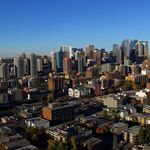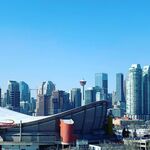Golfing guy
Active Member
Some pics of all the density in Nolan/Sage Hill area




Nice to see this finally get started. I used to live a block away and remember going to an open house info session before the pandemic, where they said it had a planned completion of Fall 2020.Mount Pleasant getting a little infill "mixed-income" housing on site of an old school.
On this, and kind of beyond it. The city seems to be tired of Balzac getting all the industrial growth.CPKC just certified 9 properties as part of their site ready program for development. The Shepherd Logistic Centre in Calgary achieved gold status indicating that development is able to proceed right away as all necessary approvals and permitting have been obtained.
Sounds like this could be the inland port that was being reported earlier.

CPKC markets prime, rail-served industrial dev. properties
Canadian Pacific Kansas City (CPKC) has certified its first nine "site-ready" rail-served locations across North America for potential industrial or logistics development, including sites in Alberta and Quebec.renx.ca
I find the industrial growth discussion fascinating in it doesn't get as much attention as the mixed use and residential stuff. I always wondered if this is really a problem to lose industrial market share to Rockyview and, more importantly, is there anything we can actually do about it?On this, and kind of beyond it. The city seems to be tired of Balzac getting all the industrial growth.
Spot on. Not just the tax-density, but I'd think Manchester is a much more effective recirculator of money in the local economy - more likely local ownership for starters, but I'd also think more local b2b throughout the supply chain. I'd imagine mega-corp mega warehouses are more likely to contract with other mega-corps for various needs. But Vance Refrigeration will do more business with smaller outfits like Dunder Mifflin or the Michael Scott Paper Company.. I imagine the tax-density of Manchester is much higher per hectare than an Amazon warehouse in Rockyview? Surely part of hte goal is to create more Manchesters, not just more Balzacs?
I can fantasize about a massive redevelopment of the Alyth Yard and adjacent industrial properties (ex. Canada Malting and ADM). The it would center around a riverfront park extending into a central park that would span westward to the escarpment. All of the industrial properties save the Bonnybrook sewage treatment plant would be rebuilt as mixed use. The Green Line is already planned to service the area. The riverfront park would also connect upstream to the Bird Sanctuary and future Bend in the Bow parks. Ogden Road would become local service with truck and other commercial traffic diverted to the future 50th Ave extension. Of course the remediation costs for the rail yard would be huge, but Calgary could have a riverfront BeltlineCPKC just certified 9 properties as part of their site ready program for development. The Shepherd Logistic Centre in Calgary achieved gold status indicating that development is able to proceed right away as all necessary approvals and permitting have been obtained.
Sounds like this could be the inland port that was being reported earlier.

CPKC markets prime, rail-served industrial dev. properties
Canadian Pacific Kansas City (CPKC) has certified its first nine "site-ready" rail-served locations across North America for potential industrial or logistics development, including sites in Alberta and Quebec.renx.ca
Big podium redevelopment at Suncor, would like to see more of this in the core.
View attachment 657066View attachment 657067View attachment 657068
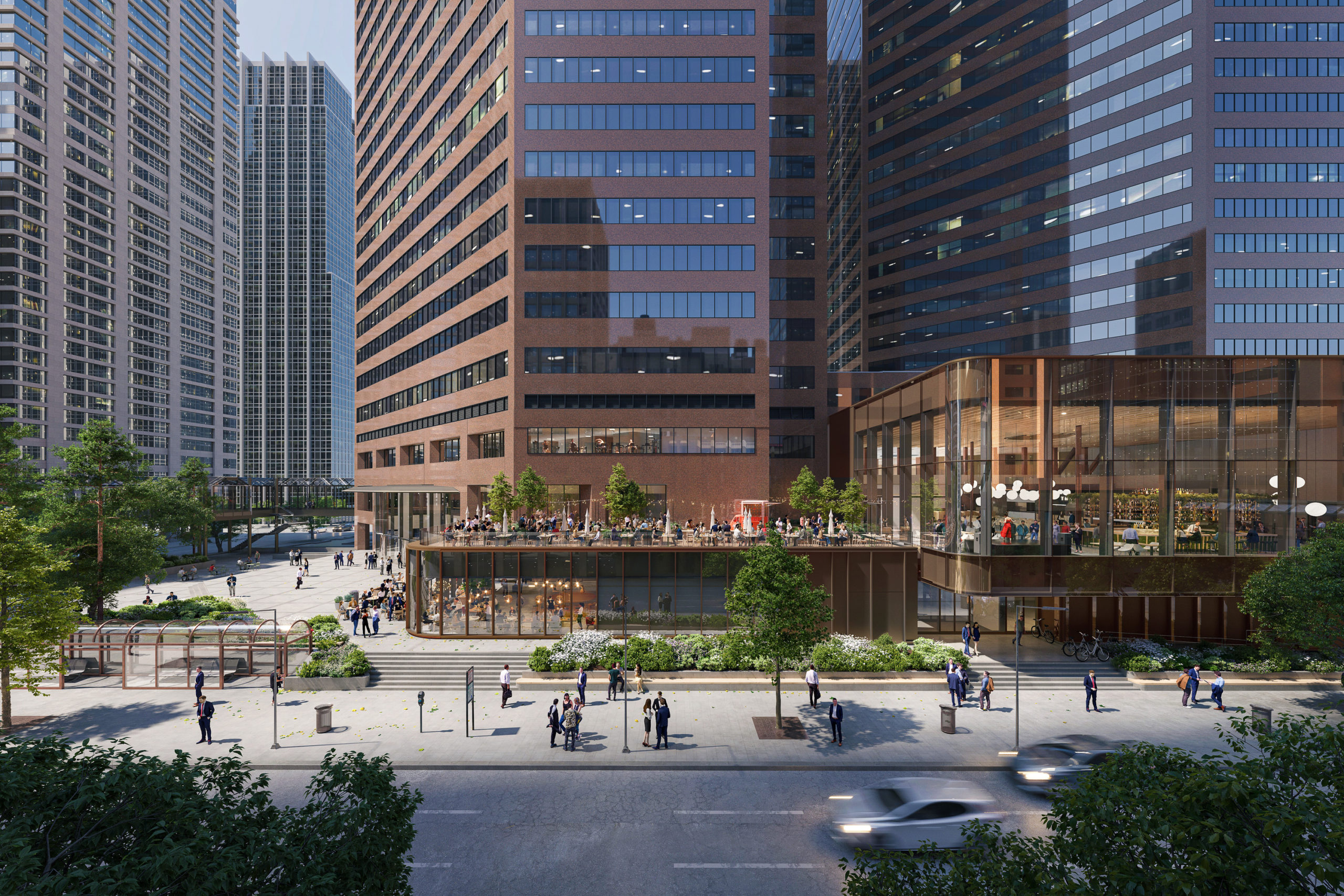
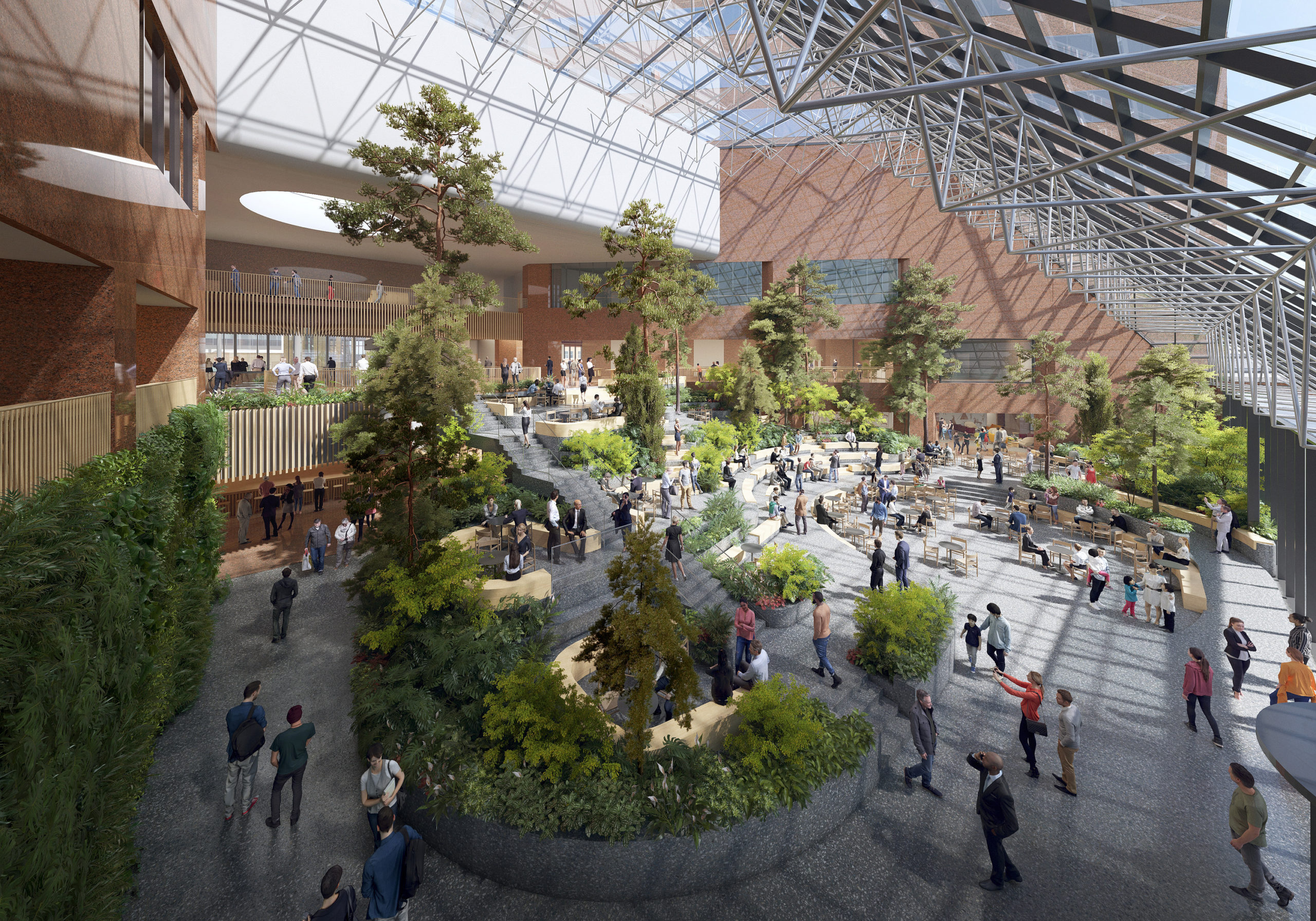
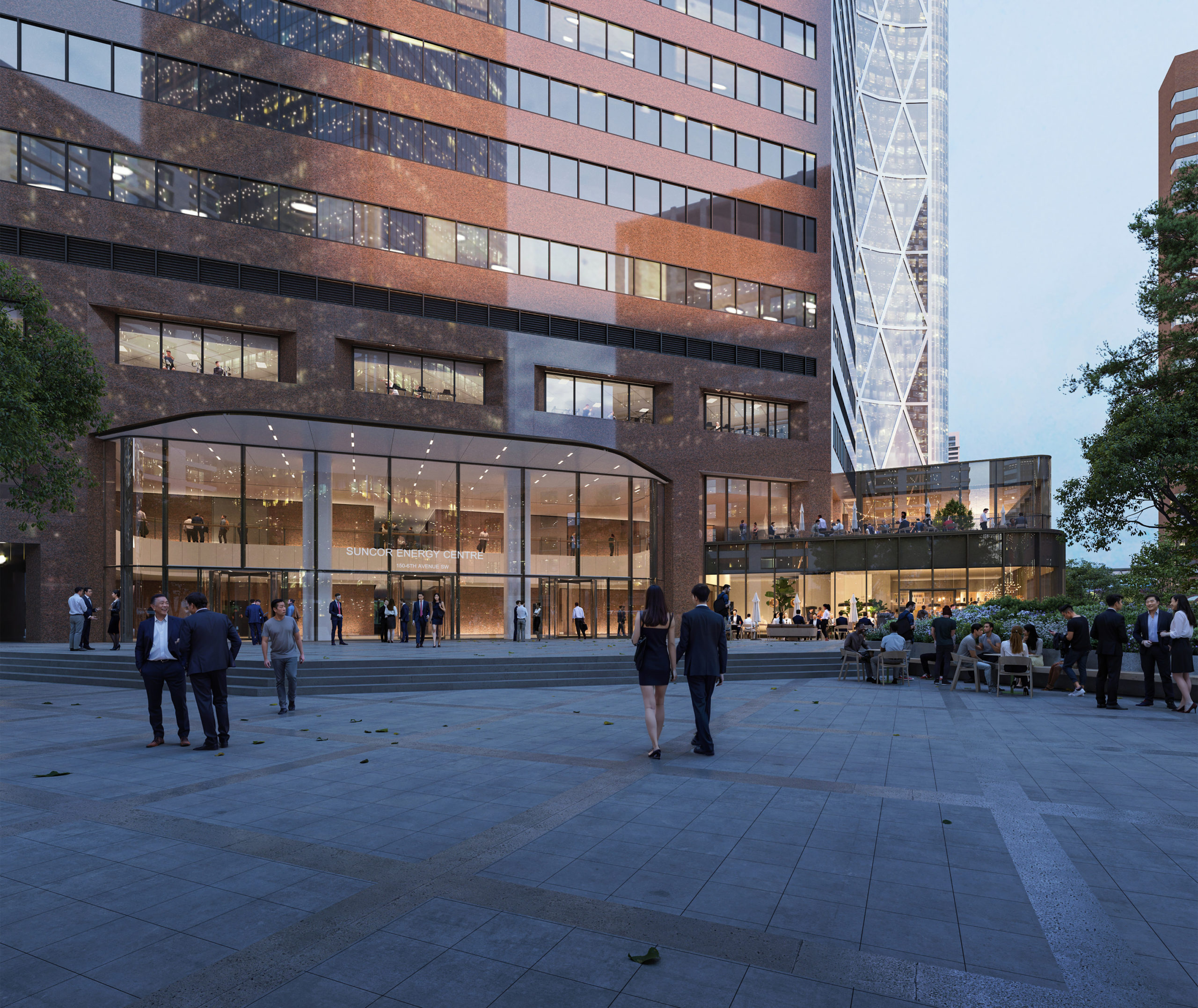
Interesting one to watch if something real actually comes from this - 13 stories would be big for the area, but we are only talking about 25m from 14th Street, 700m from 17th Ave. It's out of scale for existing, but hardly in the middle of nowhere.Interesting land use re-designation application has been submitted for a 13-story building on a residential street in Bankview. Building will be located one block west of 14th street at the very top of the hill, behind the Starbucks/rooftop bug commercial building.
It's currently a couple of bungalows with tallest building around there is 3 stories however the developer is going for 13 stories (ballsy) on the back of the new City of Calgary West Elbow Communities Local Area Plan and Municipal Development Plan which suggested these blocks could be 8-12 stories as part of the city rezoning. I find it really hard to see how 13 stories would fly here considering that it is across the street from Mount Royal, the richest and most powerful residents in the city, and would block out their sunlight big time. The development is also not a full block so would need to be a skinny midrise akin to Nest.
02 Planning is involved. They have equipment on site for weeks now. I asked the guy what they are doing, and he said that it is for geothermal heating for the building which is a first for Calgary. Apparently, the developer wants to put a rooftop garden/solarium and a restaurant on the roof. Again, very odd for a residential street that is off the main street (14th street). I see this getting a lot of opposition given the 13 stories.
View attachment 657498
View attachment 657503
View attachment 657497
I agree with your comments though I think that your yellow box is closer to 8 stories than 13. I think 8 would be fine there however 13 will get a lot of opposition, especially from Mount Royal.Interesting one to watch if something real actually comes from this - 13 stories would be big for the area, but we are only talking about 25m from 14th Street, 700m from 17th Ave. It's out of scale for existing, but hardly in the middle of nowhere.
From the 14th side it's far less dramatic looking location - just a half-block off the main street.
View attachment 657509



